Forest flames are a popular garden plant mainly due to the attractive season-changing colors that the flowers exhibit. They are relatively easy to maintain, but some specific conditions have to be met for them to thrive. We have researched every aspect you need to know about growing and caring for this plant.
The main reasons why your Pieris forest flame is dying or wilting are over or underwatering, the soil has high alkaline levels, the general climate, or root diseases. Do not overwater but always keep the soil moist, ensure the potting mix or ground is acidic, and remember to meet the necessary sunlight requirements.
Each plant needs different growing requirements. Since forest flame refers to an ornamental shrub and a tree, we will be discussing both. To find out more about these two, continue reading!
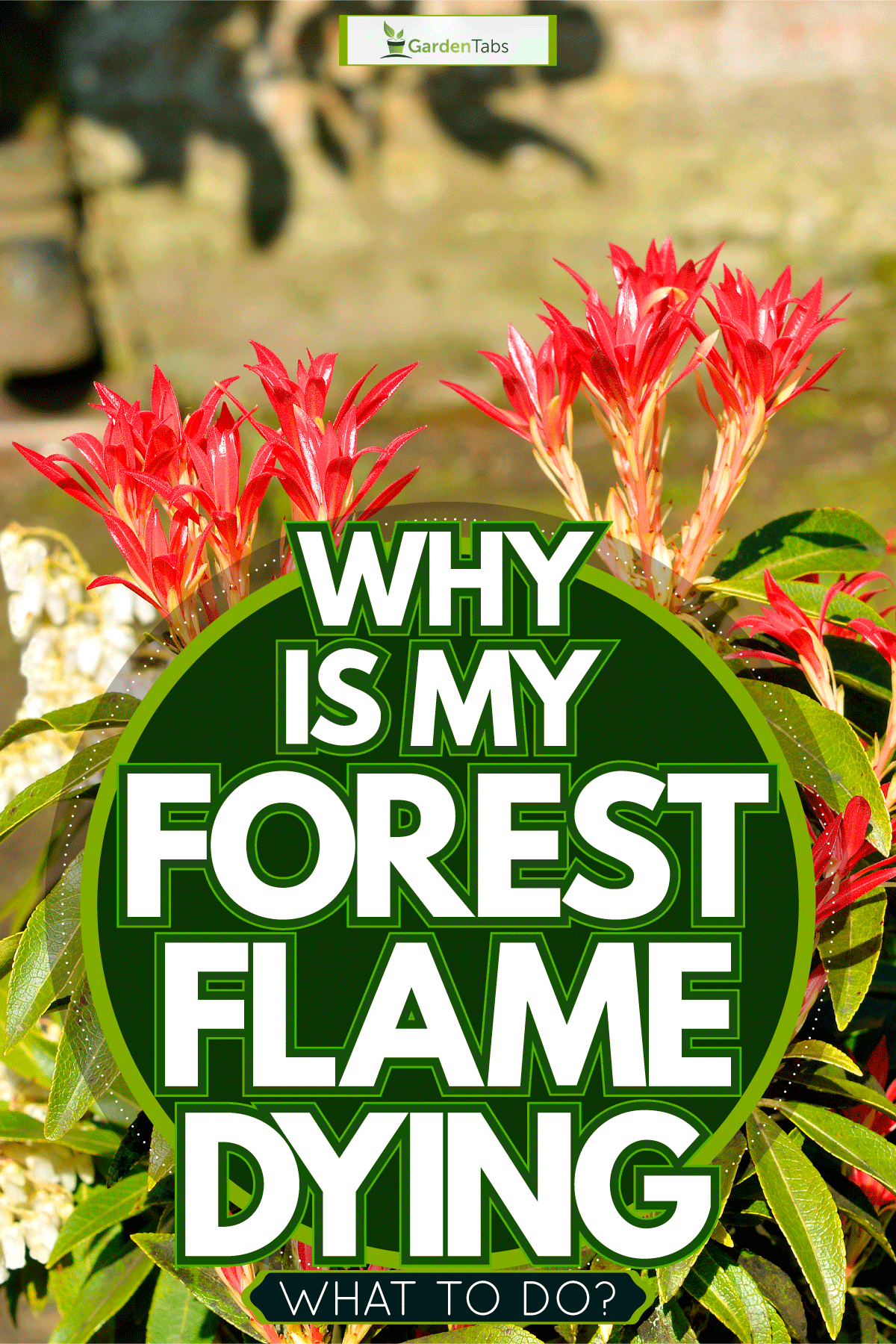
Pieris Forest Flame: An Overview
Pieris forest flame, also known as andromedas or fetterbushes, is an evergreen shrub that belongs to the family Ericaceae - found mostly in acidic and infertile soil conditions. It is a native in the mountain regions of eastern and southern Asia, northeastern America, and Cuba.
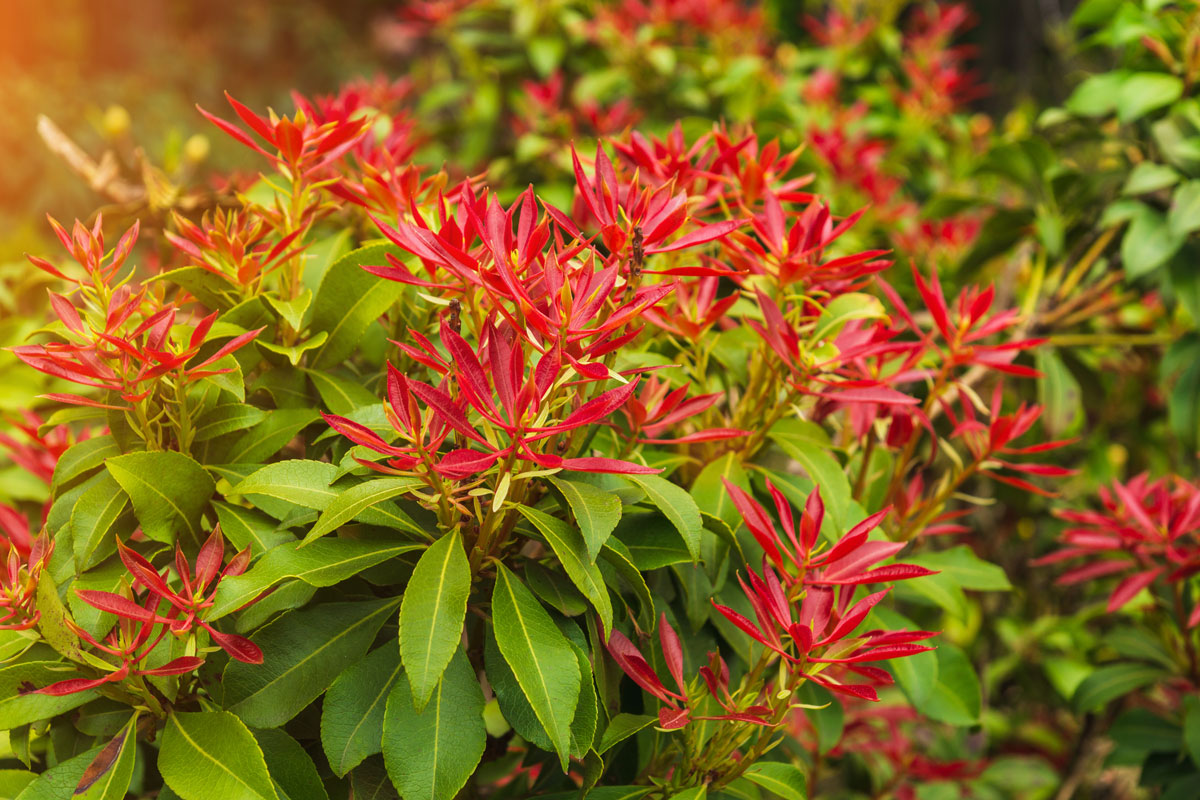
The name is derived from the Greek word Piera which is a place in Greece. In mythology, it is known to be the home of the Muses.
This plant grows 4 to 7 feet tall, and it produces beautiful and rich red bell-shaped flowers in spring, fading into pink, cream, and green in the course of the year. During late summer and fall, it yields bead-like flower buds that eventually open in winter and last till spring.
They are cultivated as ornamental plants due to their striking visual appeal. However, they can be highly toxic to dogs and cats.
Reasons Pieris Forest Flame Grow Poorly
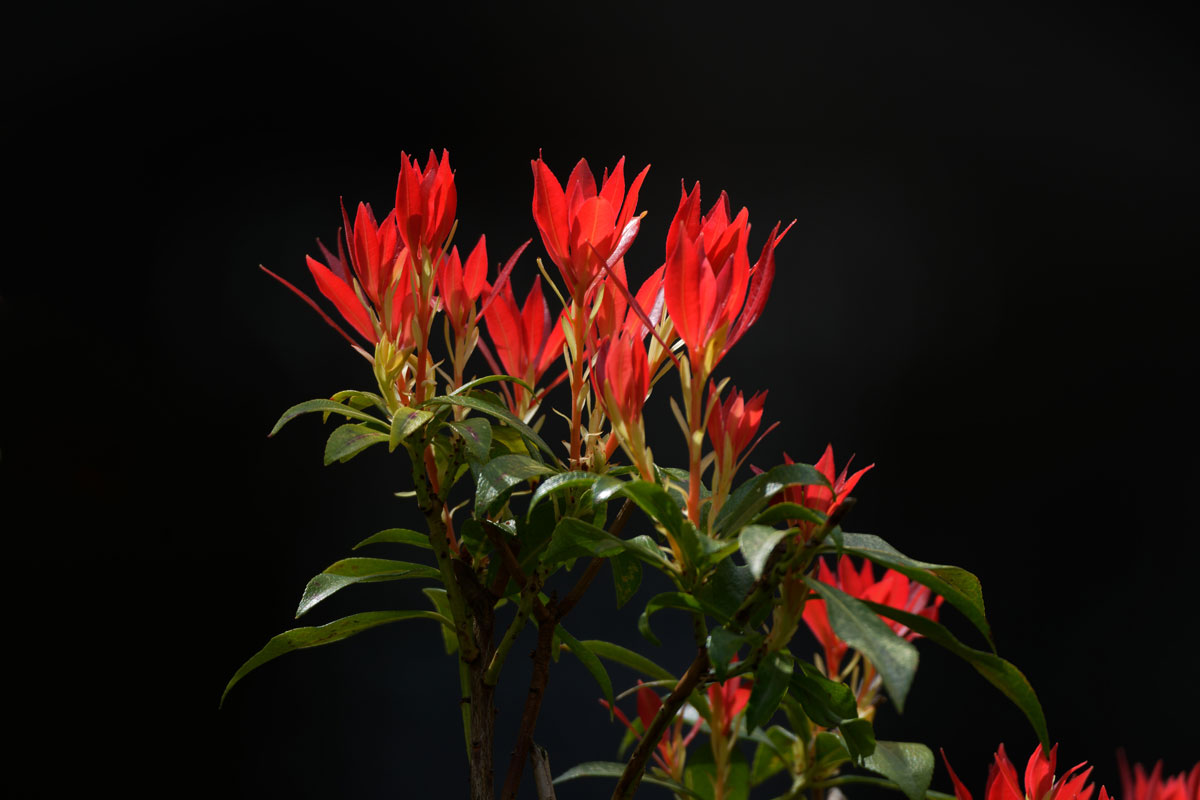
Watering
Lack of water and overwatering can result in poor plant development. The pot may be waterlogged because of improper drainage. On one hand, the plant is not receiving enough soil moisture or the soil is always dry.
Soil Nutrients
While most plants cannot tolerate and handle strongly acidic soils, forest flame prefers and thrives in areas with a pH level of 5 to 6.
The concentration of hydrogen ion or pH, is a scale or tool that determines the acidity and alkalinity of the soil. The levels 0 to 6 are acidic while 7 to 14 are basic or alkaline. The presence of hydrogen makes the soil acidic.
If the soil has high alkalinity, the leaves might turn yellow, and in most cases, your plant could grow poorly.
Climate And Sun Exposure
During summer, direct sunlight may result in burnt or scorched foliage. The sun tends to sap the moisture content of the soil and leaves. Since forest flame grows well in moist environments, too much light can damage the plant.
Root Diseases
Root diseases are often caused by overwatering and mold. Phytophthora is a kind of water mold that has a devastating effect on plant roots because it promotes rot and decay. It thrives in moist or damp environments, especially in waterlogged soil.
Once your plant is infected, you will have to destroy the affected roots to prevent it from spreading because generally, there is no cure.
To prevent your Pieris from having this disease, keep the required watering requirements. However, a pot must have proper drainage and the soil should be loose to avoid waterlogged soils.
How To Revive Pieris Forest Flame
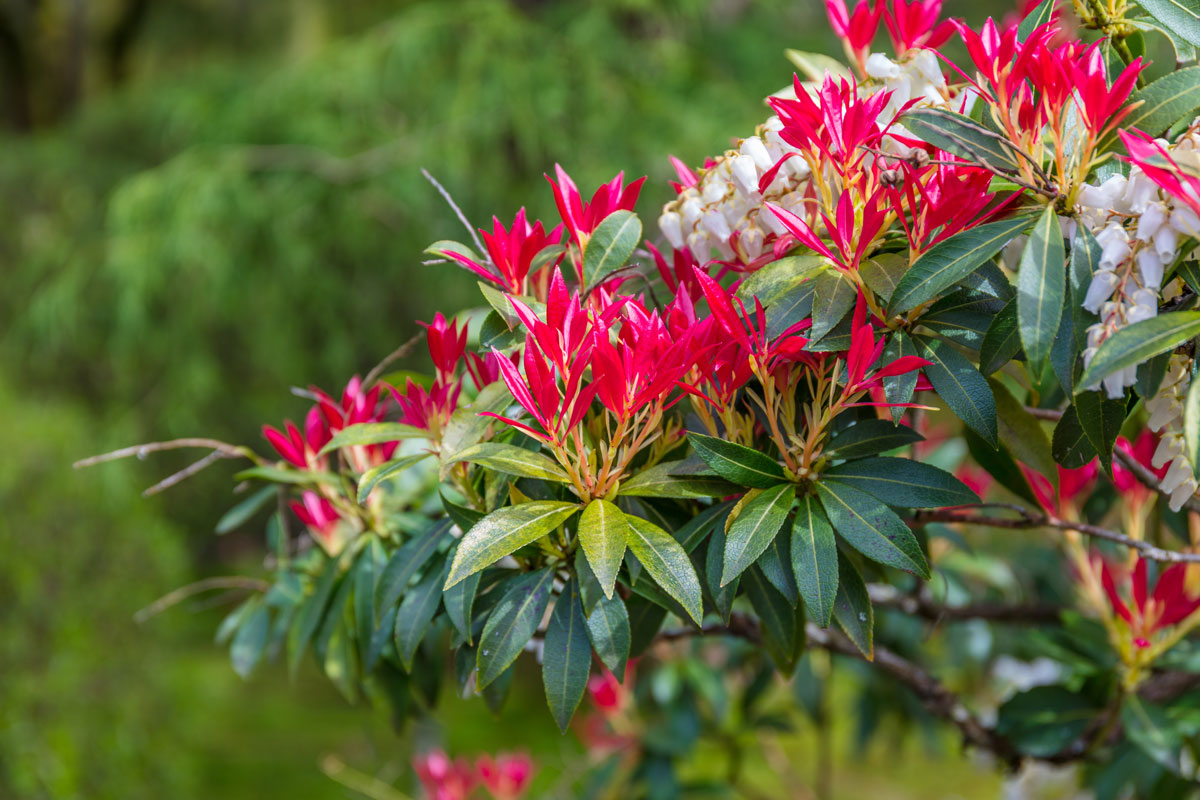
Pieris forest flame thrives all year round, however, it cannot tolerate the dryness and coldness of the winter season. It generally requires humid and mid-range temperatures because, in their natural habitat, they grow under the canopy of trees.
Soil
If the area where your Pieris is planted has high alkaline content, you can utilize acidifying fertilizers or use pine needles as a form of mulch. This way, you can decrease the pH level, and somehow save your plant from wilting and dying.
Fertilizer
Fertilization is an important aspect of gardening because it contains macro-nutrients such as Nitrogen, Phosphorus, Potassium (N-P-K), and other micronutrients essential in plant growth.
Most fertilizers have labeled information as to the content and percentage of nutrients. To illustrate, a 10-10-10 ratio has 10 percent nitrogen, 10 percent phosphorus, and 10 percent potassium (N-P-K).
Applying the right amount of nutrients is beneficial to the plant itself, however, too much can result in wilting and dying.
Young and established plants have different fertilizing requirements. To encourage root development on germinating plants, use fertilizers that have high phosphorus content, and for healthier and faster growth, fertilizers rich in nitrogen are advisable to use.
For established plants, it is better to apply acidic fertilizers often referred to as ericaceous feeds. Most gardening centers sell water-soluble plant food that is also ideal for Pieris. Remember to feed your forest flame every spring.
Watering
Watering is essential for healthy growth and development. Pieris' dousing requirement is relatively simple, especially when the plant is already settled. Water daily until the plant is fixed and rooted. For established plants, water regularly.
You will need to hydrate the plant twice as much during long dry spells or drought. Never let the soil dry out, and avoid watering the foliage since it can cause diseases. Do not overwater but always keep the soil well-drained and moist that is why it is better if your plant grows on loose soil.
Climate And Sun Exposure
In their natural habitat, Pieris grows under the canopy of trees which is why it is adapted to partial shade, and protection from direct sun; however, it thrives best in full sun, six hours of exposure to sunlight, in areas with cooler climates.
It cannot tolerate windy areas and freezing temperatures, hence, it is ideal to place them indoors where it can still get partial sunlight, or outdoors amongst plants and trees to ensure a high humid environment.
Forest Flame Tree
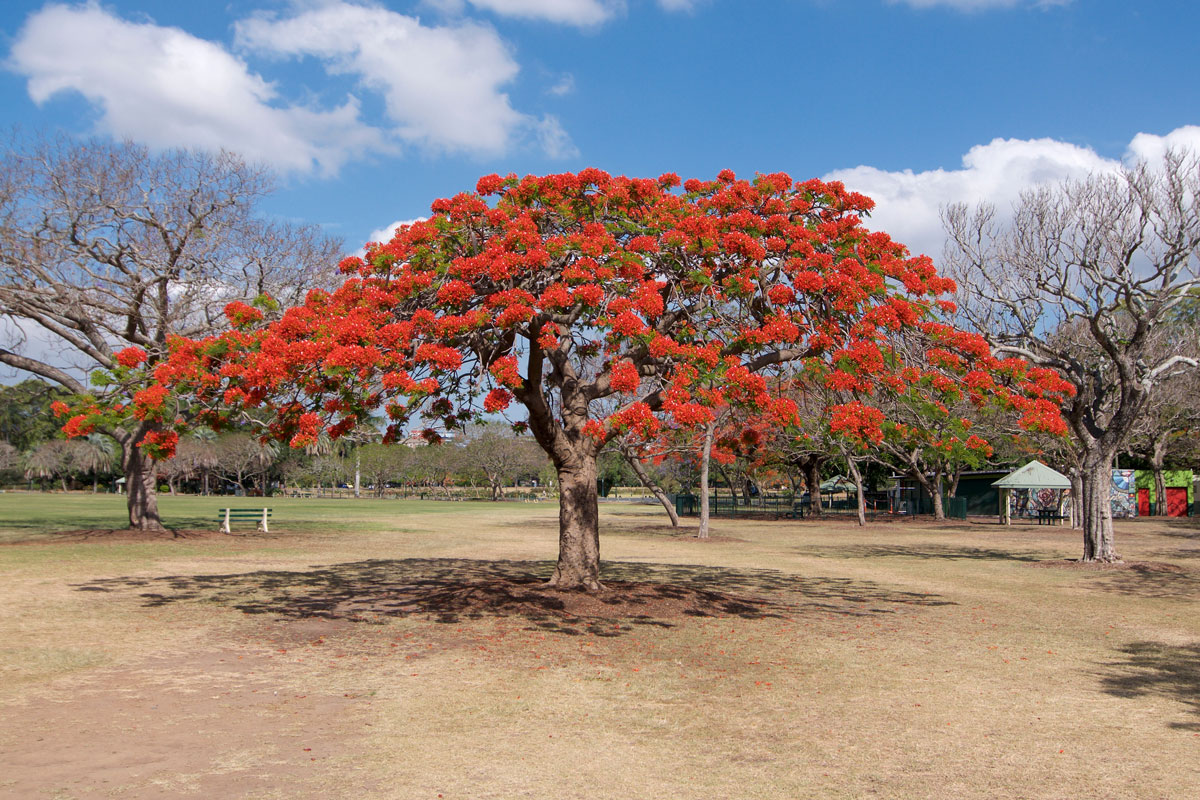
Forest flame also refers to a small-sized slow-growing tree native to the Southeast Asian region. They have characteristically broad pinnate leaves and long bright-red flowers which resemble a parrot's beak. The trunk is used for timber while the leaves and resin are harvested for medicine and dye.
Depending on the locality, the gum is consumed as food in India, as an astringent in Bengal, and as fabric in other neighboring countries. It has diverse and culture-specific applications that earned the name sacred tree.
Forest flame trees require low to average watering, grow best in natural organic soil, thrive in partial shade or full sun, and can survive in neutral to alkaline ground environments. Remarkably, they are not prone to plant diseases and pest infestation.
Planting And Care
You can use freshly harvested or purchased seeds and sow them directly in the garden. The right depth determines their chance of germination and development. The recommended placement of seeds should not exceed an inch deep into the soil.
Layer the top with firm but not compacted material such as compost, mulch, and organic soil. Planting too deep results in a limited germination rate and weak seedlings.
The plants are susceptible after germination, they may be damaged by the weather or infested by parasites. The best way to develop the tree is by purchasing a young established plant from a nursery, this would hasten the growth and bypass the sensitive stage of seed planting.
The forest flame tree grows best in full sunlight but can tolerate partial shade as well. Around eight hours of sunlight is necessary, especially for young, developing trees.
A young plant needs moist soil so water the plant deeply to saturate the roots. As the tree matures, you can reduce the amount and frequency of watering.
It can grow in various soil types but develops best in slightly basic or alkaline loamy environments. A young plant would develop and thrive better when treated with mulch, compost, or animal dung.
The tree benefits from fertilizers during the growth and development stage, you can apply supplements with high nitrogen content monthly.
What Are The Uses And Benefits Of A Forest Flame Tree?
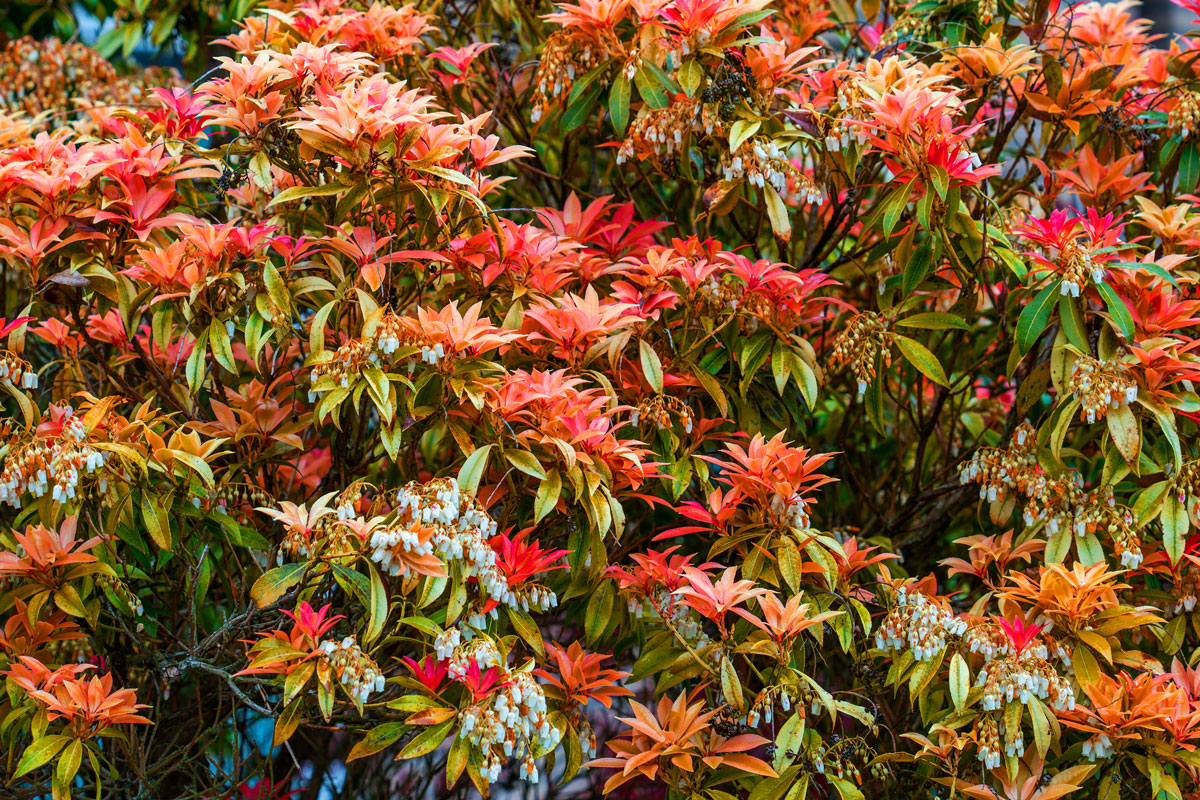
All parts of the tree may be harvested and applied as traditional medicine. Paste, extracts, and oils derived from its leaves, roots, flowers, bark, and seeds have been used to treat numerous ailments and conditions. To cite a few:
- When boiled, the bark can be used to relieve the symptoms of sore throat and ulcers.
- Root extracts are beneficial for eye conditions such as cataracts and night blindness.
- The leaves have properties that are helpful in controlling diabetic sugar levels and blood pressure.
- The paste from seeds possesses antibacterial elements and is utilized for infections and wounds.
In Closing
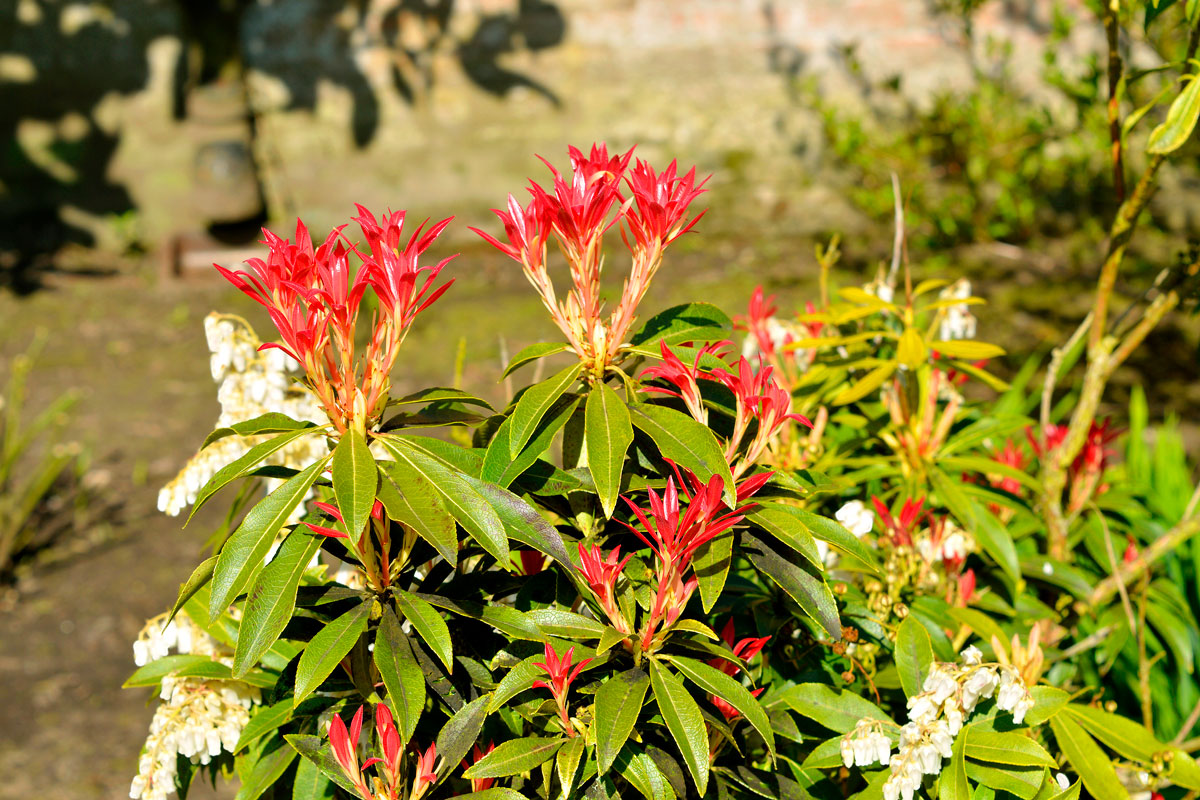
Both plants may have different growing requirements, nevertheless, they still need adequate care to promote healthier development. We hope this article answered your queries and proved to be helpful. Happy gardening!
45 Acid-Loving (Ericaceous) Plants For Your Garden
15 Best All-Purpose Plant Fertilizers [Liquid, Powder, And Granular
